Perhaps you know it as gingivitis, or maybe periodontal disease – either way, gum disease is nothing to smile about. It can range from mild to severe, and it affects us more than we realize. Early-stage gum disease, when it is called gingivitis, is easily treatable. If left untreated, however, it can progress to periodontitis, which can result in tooth loss and even damage to the jawbone. It is important to prevent gum disease from happening at all, and thankfully, there are easy ways to do this at home.
What is Gum Disease?
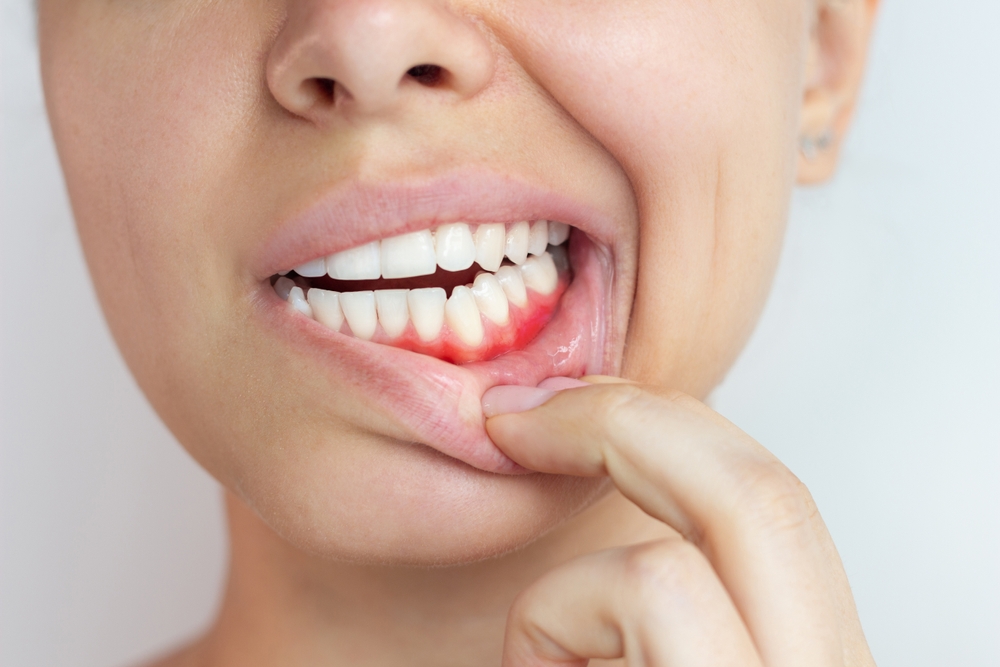
Gum disease is a condition that affects your gums, aka the tissue surrounding your teeth. It is primarily caused by the accumulation of plaque. Plaque is a sticky film of bacteria that forms on your teeth. Generally, you remove this through regular brushing and flossing. However, most of us don’t get all of it. Over time, this plaque hardens into tartar, leading to inflammation and infection of the gums. As already mentioned, the early stage of the disease is called gingivitis, and is characterized by red, swollen gums that typically bleed easily. Contributing factors to the development of gum disease are smoking, hormonal changes, medications that reduce the flow of saliva, genetic susceptibility, and certain diseases such as diabetes.
Preventing Gum Disease
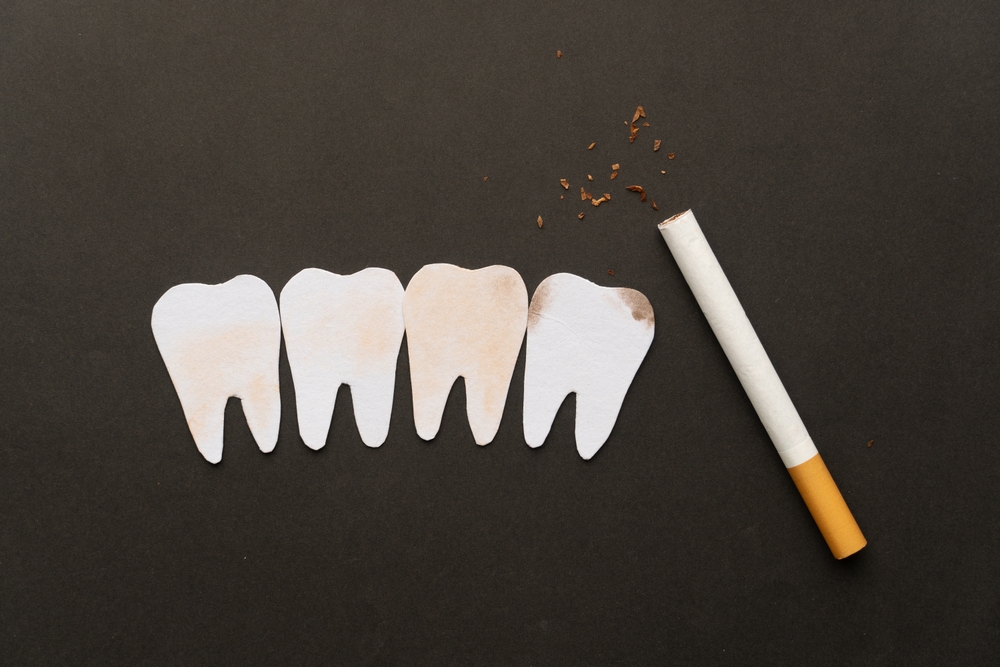
The main way to manage gum disease is by practicing good oral hygiene. This means regularly brushing and flossing your teeth to remove plaque and prevent the build-up of tartar. Using an antibacterial mouthwash can also further reduce the amount of bacteria in your mouth. It is also important to visit your dentist regularly – at least once a year – for check-ups and professional cleaning. Arguably one of the most important factors in oral hygiene, however, is your diet. What you eat and drink regularly has a huge impact on the health of your teeth and gums. Diets high in processed, sugary foods and drinks damage the teeth and gums, whereas a healthy diet rich in vitamins and minerals supports gum health. A healthy diet will also improve the immune system’s ability to fight off infections. Good oral hygiene and a healthy diet are the top ways to reduce your gum disease risk and maintain a sparkling, healthy smile.
Home Remedies

Eating well and maintaining an appropriate oral care routine are sufficient for reducing your risk of gingivitis and gum disease. If you wish to take it a step further, however, or if you notice that your gums might be a bit inflamed, there are some easy, inexpensive things you can do at home to improve your gum health. Choose the one that suits you best and, of course, consult your dentist should your condition not improve or worsen.
Saltwater Rinse

A saltwater rinse is a simple, antiseptic solution for the prevention of gum disease. Salt is a natural antiseptic and can therefore help to reduce inflammation and promote healing in the gums. To make a saltwater rinse, dissolve half a teaspoon of salt in a glass of warm, filtered water. Swish the solution around in your mouth for about 30 seconds before spitting it out. You can repeat this process daily, or even both morning and night. The rinse helps to soothe irritated gums, reduce swelling, and flush out unwanted bacteria.
Read More: Fact Check: Are root canals dangerous, and do they increase your risk of chronic disease?
Hydrogen Peroxide Mouthwash
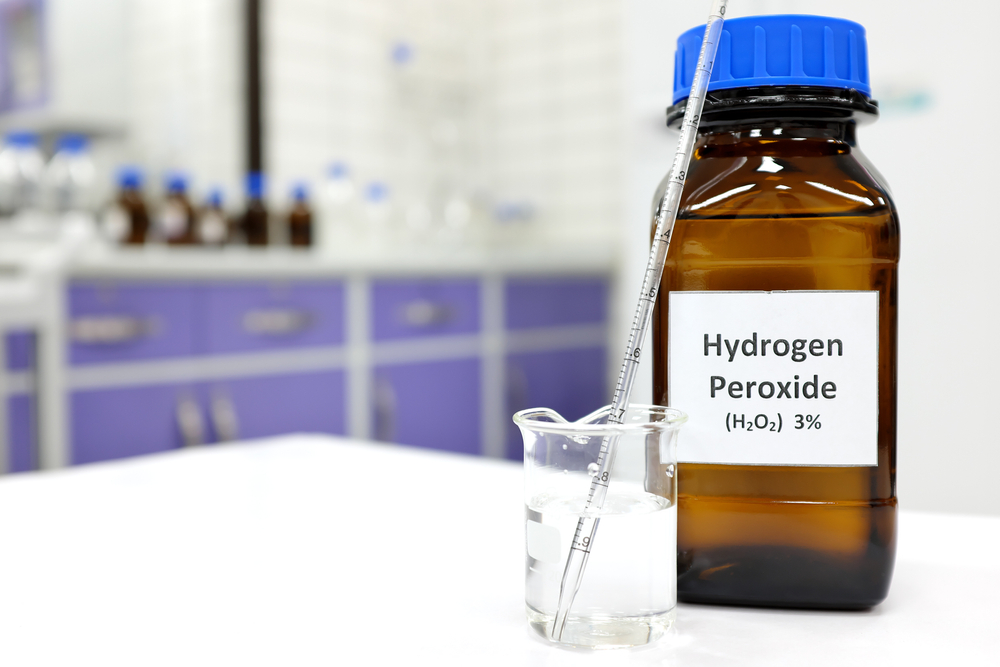
Hydrogen peroxide is a potent and powerful antimicrobial agent able to help fight back against the bacteria responsible for gum disease. The hydrogen peroxide helps to kill bacteria, reduce plaque buildup, and whiten your teeth. You can use it just as you would a mouthwash. Mix equal parts of 3% hydrogen peroxide and water. Swish in your mouth for 30 seconds, then spit it out – do not swallow. Use this once or twice a week to support your gum health.
Oil Pulling with Coconut Oil

If you’re one who prefers more traditional methods, then oil pulling will be for you. Oil pulling is an ancient ayurvedic practice that involves swishing oil in the mouth to “pull” out unwanted stuff leftover in your teeth and gums. Take a tablespoon of liquid coconut oil and swish it around in your mouth for 15-20 minutes, then spit it out. It will help to reduce bacteria, plaque, and inflammation, as well as fresher breath.
Baking Soda Paste
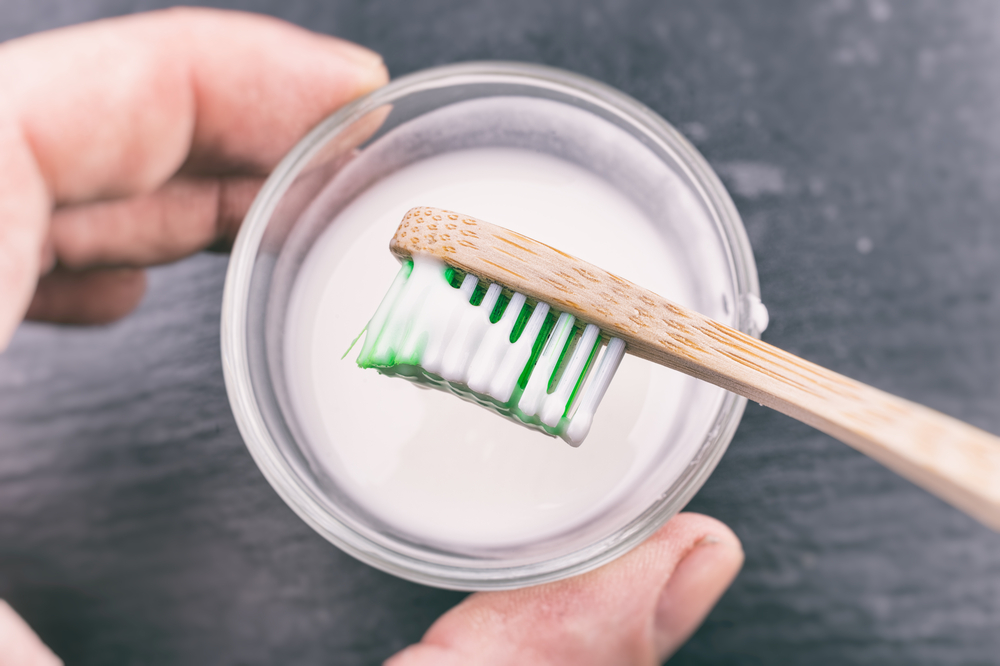
Baking soda is a natural alkaline substance that not only reduces inflammation in the mouth, but it can also neutralize acids. A gentle abrasive, it helps to remove plaque, reduce gum irritation, and promote a balanced environment in your mouth. Make a baking soda paste by mixing a small amount of baking soda with water until it forms a paste. Using either your finger or your toothbrush, apply the paste to your gums and teeth, then rinse thoroughly. Do this once or twice a week to support your gum health.
Aloe Vera Gel
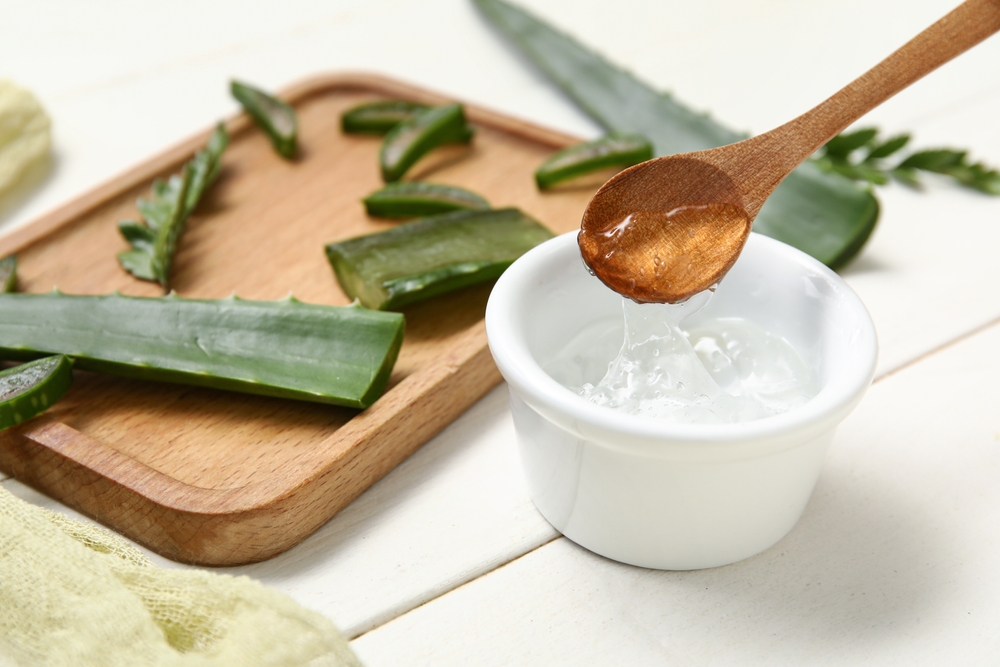
You have probably heard of using aloe vera for sunburns, but did you know that it is good for your oral health, too? Aloe vera is a natural soothing agent. It is also anti-inflammatory and antimicrobial, making it an effective remedy for reducing inflammation, promoting healing, soothing irritated gums, and supporting overall oral health. To use, simply apply a small amount of aloe vera gel to the affected areas. Let it sit for a few minutes before rinsing thoroughly.
Tea Tree Oil Application
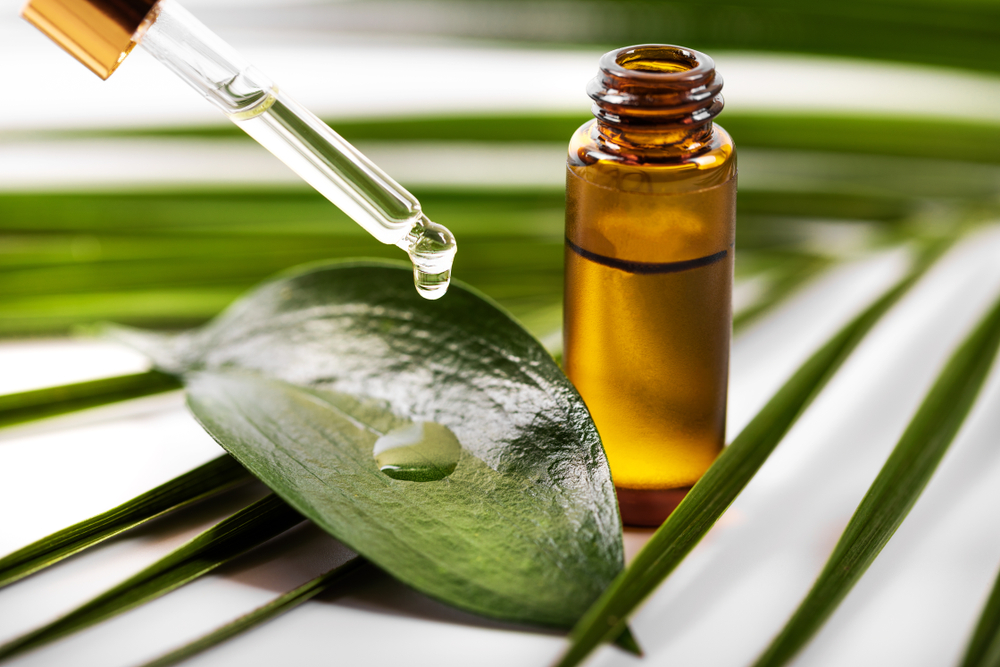
Tea tree oil has incredible antibacterial and anti-inflammatory properties that can fight bad bacteria, reduce gum swelling, and promote healing in the mouth. Regular use of this essential oil in oral care can contribute to healthier gums and a cleaner mouth. To use, add a drop of tea tree oil to your toothpaste or dilute it with water and use as a mouthwash. Be sure to spit it out and avoid swallowing the oil.
Read More: 11 Things Your Tongue is Telling You About Your Health
Green Tea Consumption

The powerful antioxidants found in green tea can’t be downplayed. Specifically, green tea is high in catechins, which have anti-inflammatory and antioxidant properties. Drinking green tea regularly can improve your oral health by reducing inflammation, fighting bacteria, and improving gum health. The best part is that you can drink this one every day, and not only will it improve your oral health, but your overall health, as well. Aim for anywhere from two to three cups per day – but be careful not to add sugar or sweeteners, as these will take away from the gum health benefits.
Cranberry Juice
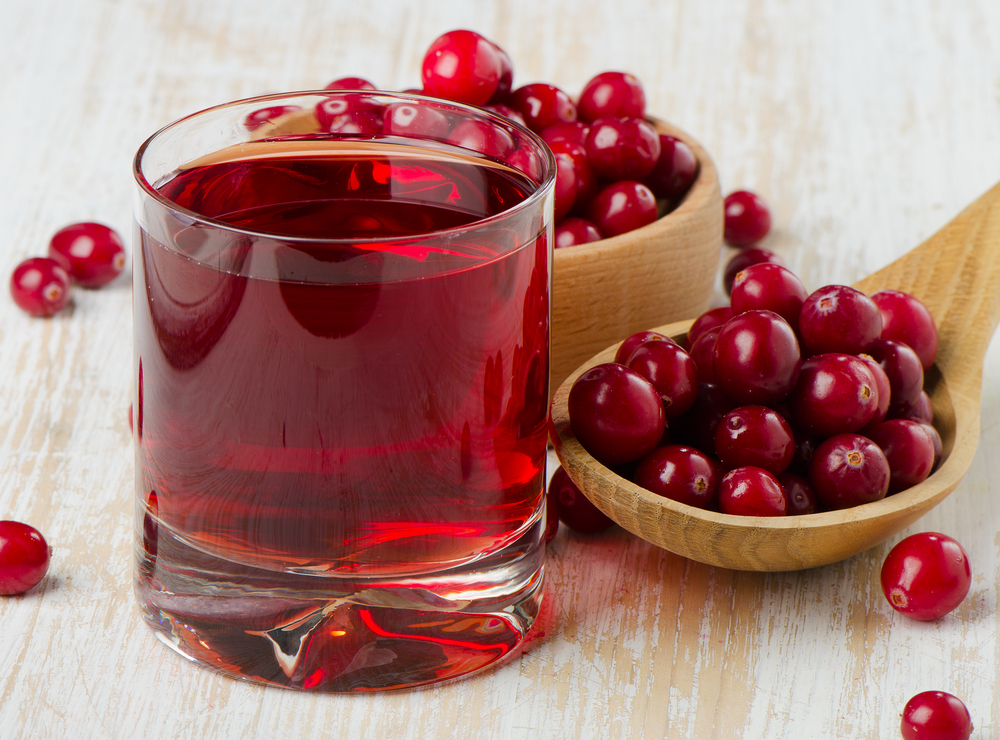
Cranberry juice has a superpower: Its ability to prevent bacteria from adhering to surfaces. This is what makes it a powerful ally for women who experience urinary tract infections, but not only that, it can help prevent bacteria from adhering to the teeth and gums. The reason behind this capability are the polyphenols found in cranberries, which inhibit the growth of bacteria and support oral health. Just one small glass of cranberry juice into your daily routine can contribute to better gum health. Be careful to choose unsweetened versions to reduce the risk of plaque formation and gum disease.
Vitamin C

Vitamin C is an essential nutrient for our overall health, and for the health of our gums and connective tissues. A deficiency in this vitamin can lead to bleeding gums and inflammation. How to incorporate vitamin c into your oral care routine? The answer is simple: Include it as much as possible in your diet. While you can buy supplements, as long as you’re eating plenty of fruits and vegetables each day, this isn’t really necessary. Foods rich in vitamin c include citrus fruits, strawberries, bell peppers, and broccoli.
Turmeric Paste
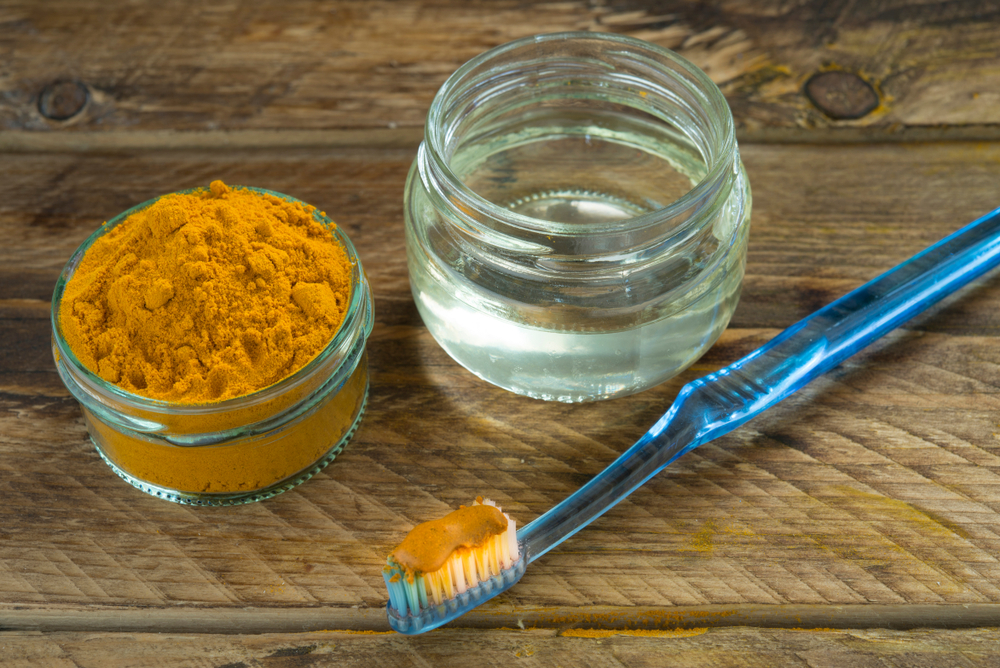
Is there anything turmeric can’t do? The curcumin found in turmeric is a potent anti-inflammatory and antimicrobial agent. It can help to reduce gum inflammation, fight bacteria, and promote healing in the mouth. To make turmeric paste, mix turmeric powder with water or coconut oil to form a paste. Apply the paste to your gums, leave it on for a few minutes, then thoroughly rinse your mouth with water. Use is regularly to enhance gum health and reduce occurrence of gingivitis and gum disease.
The Bottom Line

The number one way to fight back against gum disease is by having a solid oral hygiene routine, leading a healthy diet, and keeping up with your regular check-ups at the dentist. If you want to go above and beyond, or you notice a bit of gingivitis in your gums and want to fight back a bit harder, consider trying one of these home remedies for gum disease. That being said, it is important to consult with your dentist if you are experiencing persistent gum problems. While these natural remedies are powerful, they aren’t a replacement for a professional dentist when there is truly an issue at hand.
Read More: The Health Benefits of Mint and How to Use It Every Day

